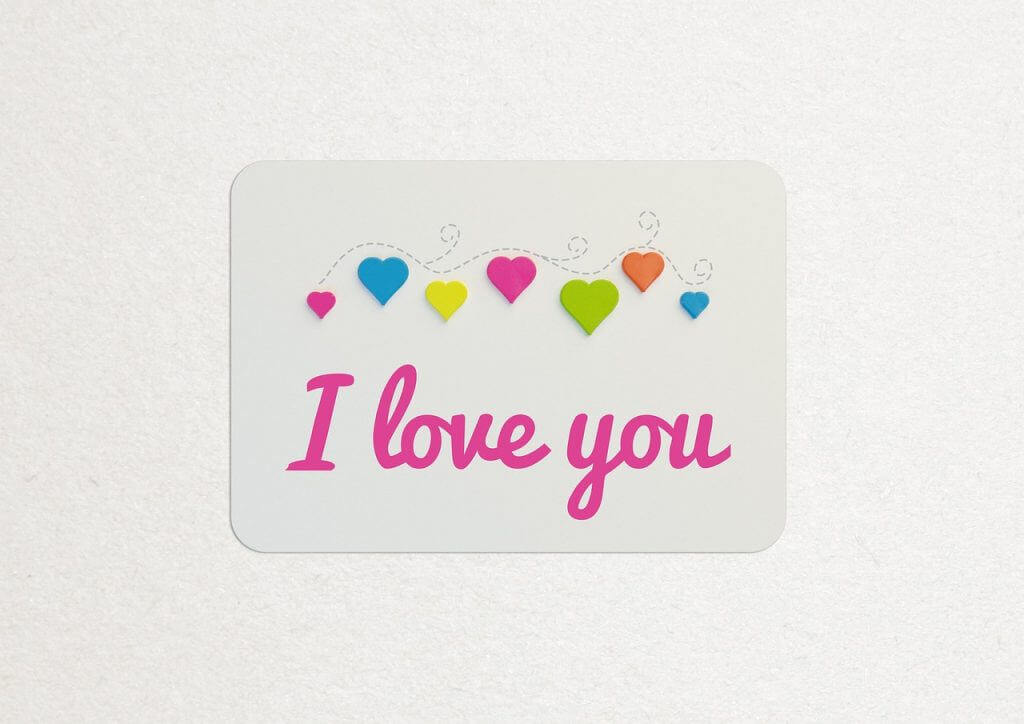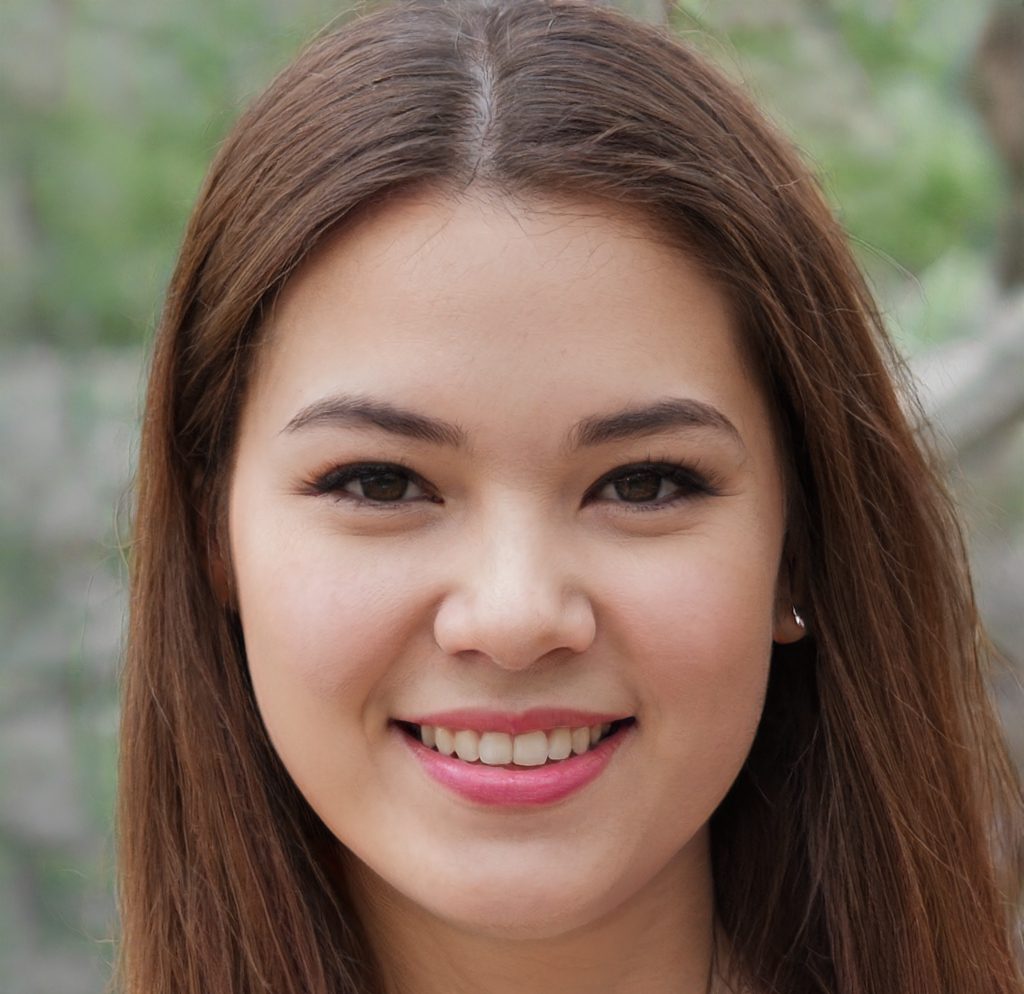Arabic is one of the most poetic and expressive languages in the world. When it comes to saying “I love you,” the diversity of the language shines through, with different regions and dialects adding their unique touch. Whether you’re expressing love to a partner, family member, or friend, understanding the different ways to say “I love you” in Arabic can add a deeper connection to your words.
In this article, we’ll explore how to express this beautiful phrase across various Arabic dialects, from the formal Modern Standard Arabic (MSA) to popular regional variations.

Saying “I Love You” in Modern Standard Arabic (MSA)
Modern Standard Arabic (MSA), also known as Fusha, is the formal version of Arabic used in literature, news, and formal speeches. It’s not commonly spoken in everyday conversation but is understood across all Arabic-speaking countries.
- To a male: “أحبكَ” (uhibbuka)
- To a female: “أحبكِ” (uhibbuki)
These phrases are universally understood by Arabic speakers, making them perfect for formal expressions of love. However, if you want to connect on a deeper, more personal level, learning how to say “I love you” in specific dialects can create a stronger bond.
Saying “I Love You” in Different Arabic Dialects
Arabic is a rich and diverse language, with several dialects spoken across the Arab world. Each dialect has its own unique way of expressing love, so let’s break down how “I love you” is said in various regions.
1. Egyptian Arabic
Egyptian Arabic is one of the most widely understood dialects due to Egypt’s influential film and music industries. Here’s how you express love in Egypt:
- To a male: “بحبك” (bahebak)
- To a female: “بحبِك” (bahebik)
Egyptians often use this phrase casually, whether for romantic love or expressing affection to family members.
2. Levantine Arabic (Lebanon, Syria, Jordan, Palestine)
Levantine Arabic is spoken in countries like Lebanon, Syria, Jordan, and Palestine. It has slight variations depending on the country, but the phrase is quite similar across the region.
- To a male: “بحبك” (bhebbak)
- To a female: “بحبِك” (bhebbik)
Levantine Arabic, especially in Lebanon, is known for being melodic and expressive, making it a romantic way to say “I love you.”
3. Gulf Arabic (Saudi Arabia, UAE, Kuwait)
Gulf Arabic includes the dialects spoken in Saudi Arabia, the UAE, Kuwait, and Bahrain. The phrase for “I love you” is slightly different here:
- To a male: “أحبك” (ahibbak)
- To a female: “أحبِك” (ahibbich)
The Gulf dialect is generally more conservative, but the warmth in this phrase is unmistakable.
4. Moroccan Arabic (Darija)
Moroccan Arabic, also known as Darija, is a bit different from other Arabic dialects due to heavy influence from French and Berber languages. Here’s how you say “I love you” in Morocco:
- To a male: “كنبغيك” (kanbghik)
- To a female: “كنبغيك” (kanbghik)
Moroccan Arabic can be challenging to understand for speakers of other dialects, but it’s a fascinating dialect with its own charm.
Learning Arabic: Mastering Dialects Through Practice
The diversity of Arabic dialects can seem overwhelming, but with the right resources, you can quickly get the hang of how to say “I love you” in various forms of Arabic. One of the best ways to learn is by watching Arabic learning videos. These videos provide real-life examples of dialects in action, helping learners master pronunciation and context. One of the best Arabic learning platforms – Playaling, combines Arabic videos with interactive activities like comprehension checks, quizzes, and more, making learning both engaging and effective!
Whether you’re learning Arabic for travel, work, or personal interest, immersing yourself in the language through platforms like these ensures that you pick up nuances like regional dialects and phrases used in everyday conversations.
Tips for Expressing Love in Arabic
When saying “I love you” in Arabic, remember these key points to make your expression more impactful:
- Know Your Audience: Use Modern Standard Arabic for formal situations, but opt for a dialect to connect personally.
- Use the Right Gender: Arabic is gendered, so make sure to match your phrasing to the person’s gender.
- Tone Matters: Arabic is a very expressive language, so the tone of voice can add depth to your words.
Examples of other ways to say “I love you” in Arabic:
- “أنا معجب بك” (ana mu’jab bika/biki) – “I admire you.”
- “أنت في قلبي” (anta/anti fi qalbi) – “You are in my heart.”
- “أنت حياتي” (anta/anti hayati) – “You are my life.”
Why Learning Arabic Can Deepen Connections
Learning to say “I love you” in Arabic is just the beginning. Understanding the language opens up doors to a rich culture filled with poetry, literature, and deep emotional expressions. By learning Arabic, you can connect with people on a more personal level and show appreciation for their language and culture.
Conclusion
Saying “I love you” in Arabic is more than just a phrase—it’s a doorway into a world of culture and connection. Whether you’re speaking the formal Modern Standard Arabic or expressing your feelings in a local dialect, understanding the nuances of the language brings you closer to the people you’re speaking to.
Start your journey today by exploring Arabic learning platforms and practice with videos, blogs, and other interactive tools. Soon enough, you’ll be able to express your feelings in Arabic like a native!
For those interested in diving deeper into the intricacies of various languages, Translation Blog offers blogs with an array of resources on how to master not only the language but also the cultural context that surrounds it. From idiomatic expressions to regional variations, these insights make learning foreign languages a truly enriching experience.

